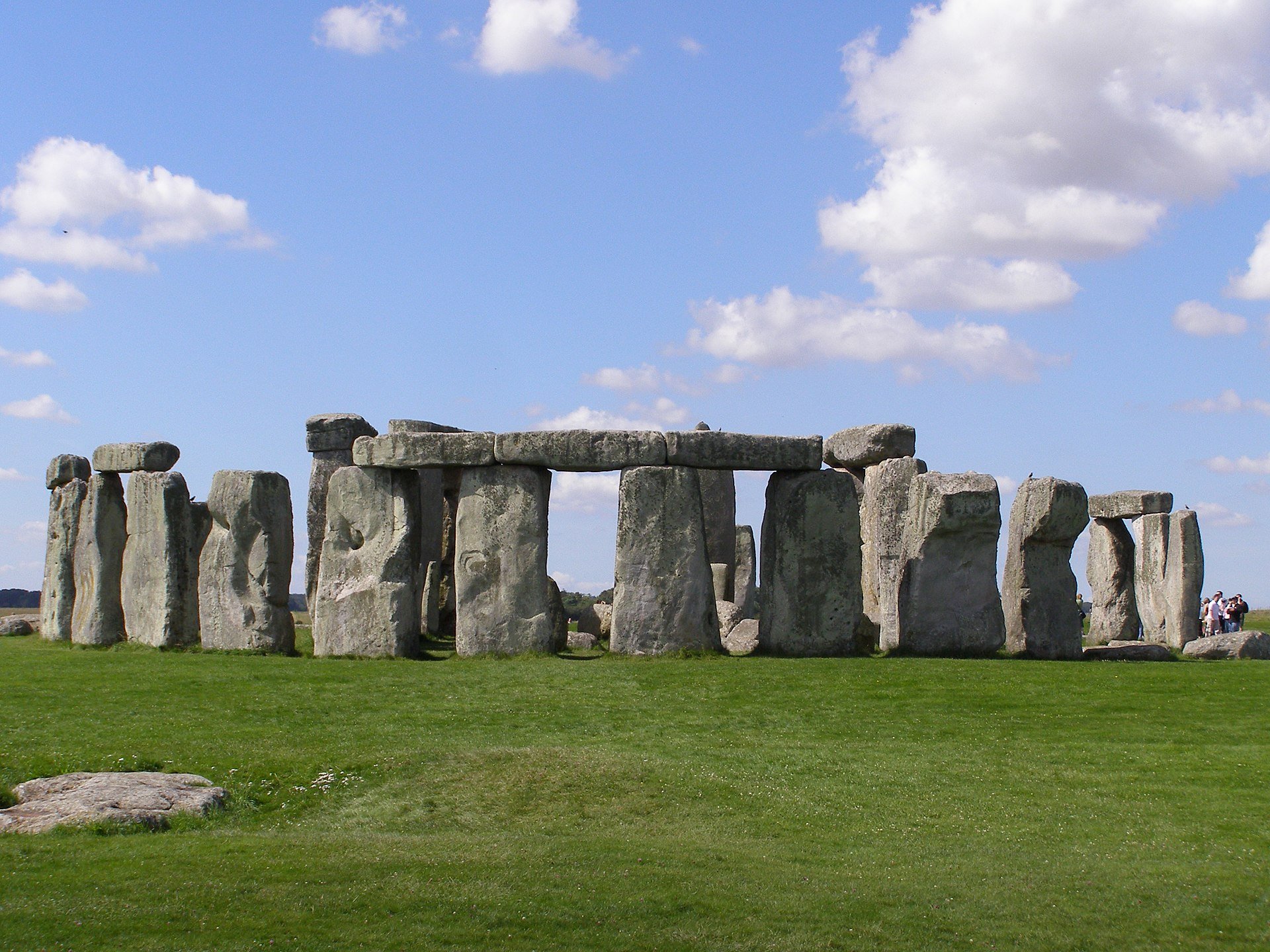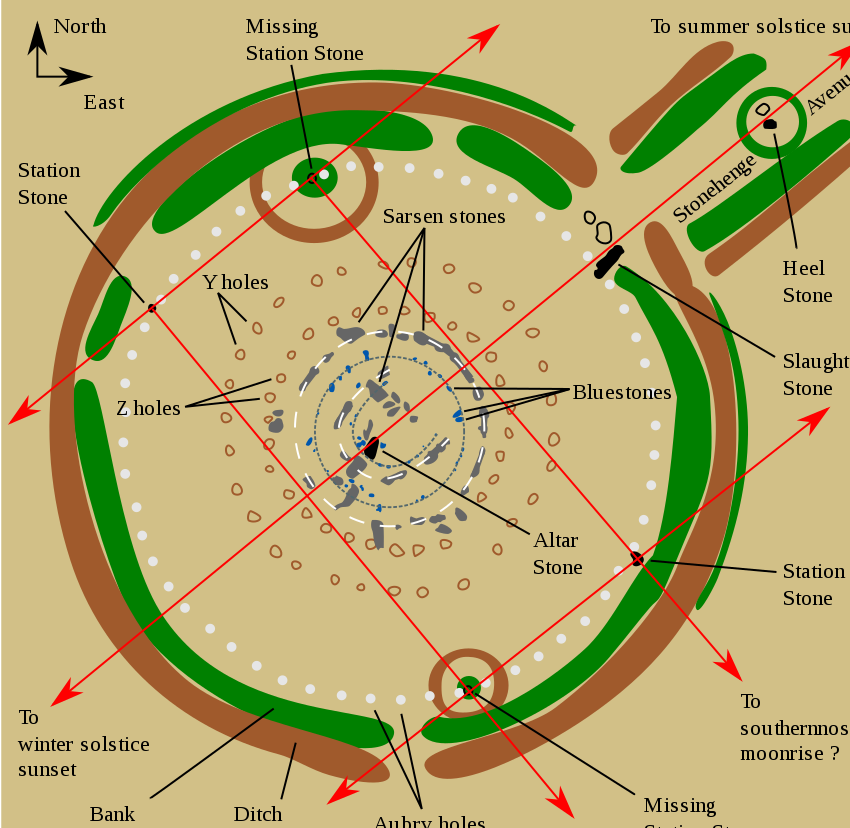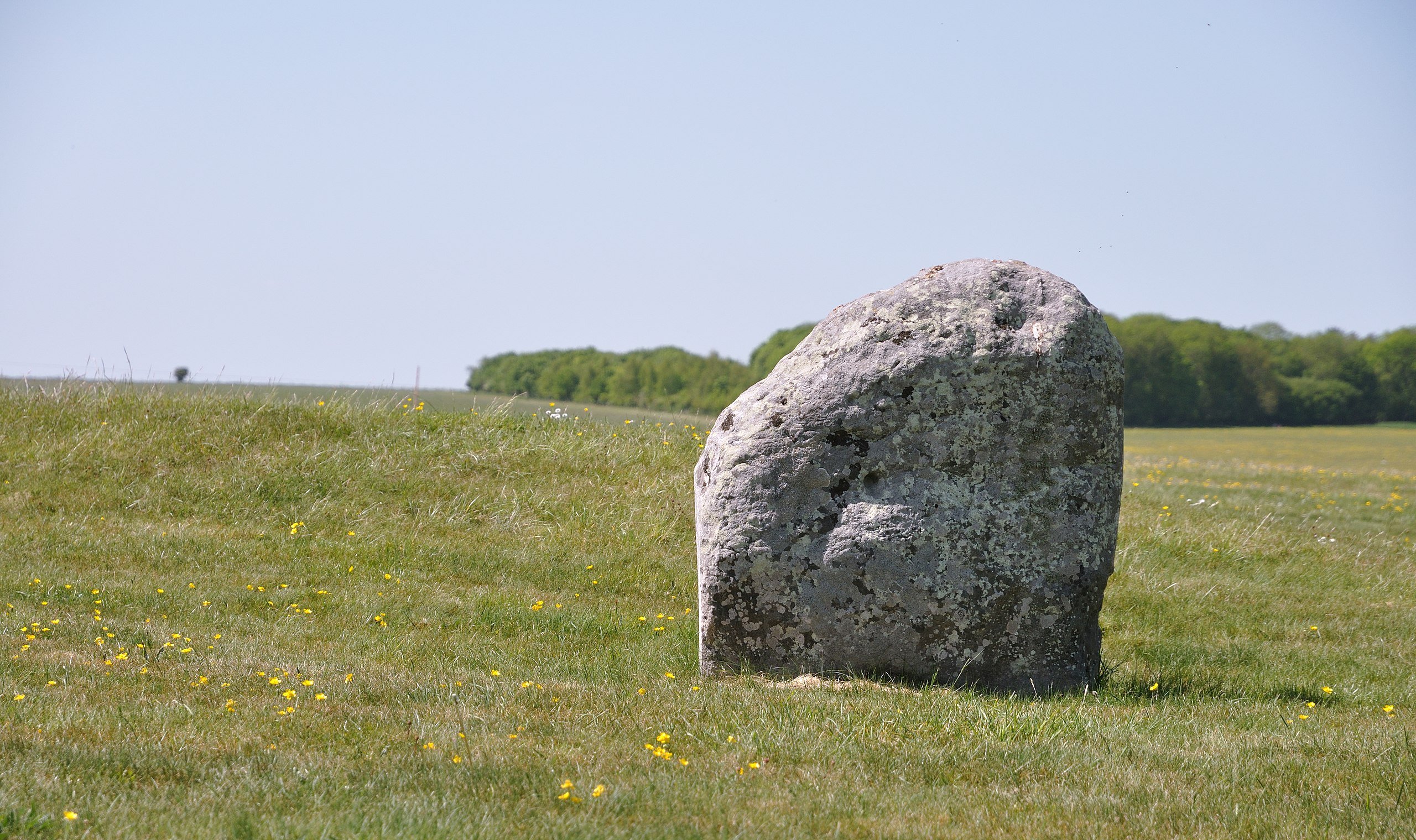Stonehenge May Have Served As A Solar Calendar
Language
Reading Level
Listen to Article

Archeologists have long speculated that Stonehenge, the prehistoric stone circle in Wiltshire, England, was a sort of astronomical calendar because of its perfect alignment with the midsummer and midwinter solstices. However, they have struggled to determine how the calendar worked. Now, Professor Timothy Darvill of Bournemouth University in the UK, may have finally solved the mystery. The expert believes the 5,000-year-old neolithic monument served as a solar calendar for the local residents.
"It's a perpetual calendar that recalibrates every winter solstice sunset," Darvill says. "This would have enabled the ancient people who lived near the monument in what is now Wiltshire, UK, to keep track of days and months of the year."

Darvill's quest to find the monument's true purpose began in 2020 after a new study revealed that most of the sarsen stones — the rocks found at Stonehenge — were from the same local quarry. They were also taken and set up at Stonehenge at the same time. The expert says this indicated they served a common cause.
To find out what that could be, Darvill turned to the monument's arrangement for clues. Stonehenge's outer circle originally comprised 30 large sarsen stones linked together by 30 stone crossbars, or lintels. Darvill believes they represented the 30 days of the month. The researcher further theorizes that the five sets of trilithons — pairs of large vertical stones each with a horizontal stone atop — that lie within the Sarsen Circle, represent five additional days. The archeologist further asserts that the four so-called "station stones" outside the sarsen circle served as a reminder to add a leap day every four years.

"Thirty, 5, and 4 are interesting numbers in a calendrical kind of sense," says Darvill. "Those 30 uprights around the main sarsen ring at Stonehenge would fit very nicely as days of the month. Multiply that by 12, and you get 360, add on another 5 from the central trilithons, you get 365."
Darvill, who published his findings in the journal Antiquities on March 2, 2022, is unsure why the ancient people decided to develop a solar calendar. He thinks they may have gotten the idea from the Mesopotamians and Egyptians, who also created solar calendars during that time. It is also possible that they embarked on the initiative on their own.

While Darvill's theory sounds plausible, not everyone is convinced. "It's certainly intriguing, but ultimately it fails to convince," says Mike Parker Pearson, an archeologist at the University College London in the UK. "The numbers don't really add up: why should two uprights of a trilithon equal one upright of the sarsen circle to represent one day? There's selective use of evidence to try to make the numbers fit."
Resources: Livescience.com, Newscientist.com, newatlas.com

Get the Workbook for this article!
Workbook contains: Article, Reading Comprehension, Critical Thinking Questions, Vocabulary in Context (+ answers), Multiple Choice Quiz (+ answers), Parts of Speech Quiz (+ answers), Vocabulary Game (+ answers)Cite Article
Learn Keywords in this Article
75 Comments
- dizadejo-163483041763about 3 yearsImagine being the first person to find this!
- horsegirl20over 3 yearsthat is so cool
- kjmarmover 3 yearsso cool
- jazzycover 3 yearsThat is so amazing
- likemeplzover 3 yearscool
- rpreaderover 3 yearsI am absolutely obsessed with the idea of Stonehenge and well anything with no exact meaning just yet. I watched and read so many things and I do agree that it was a calendar but there is the exact same thing a little further away made out of wooden pillars. The stone represents life because the stone can never die while the wood would rot eventually. So at different seasons they went back in forth for festivals of rebirth and honoring the ones that died each year. Such an interesting topic. So cool!
- farmalmost 4 yearsThere's one in Scotland too.
- vaday135almost 4 yearsThis is really cool
- tntgoalmost 4 yearsCool it is fun I've did there
- tntgoalmost 4 yearsI live near there